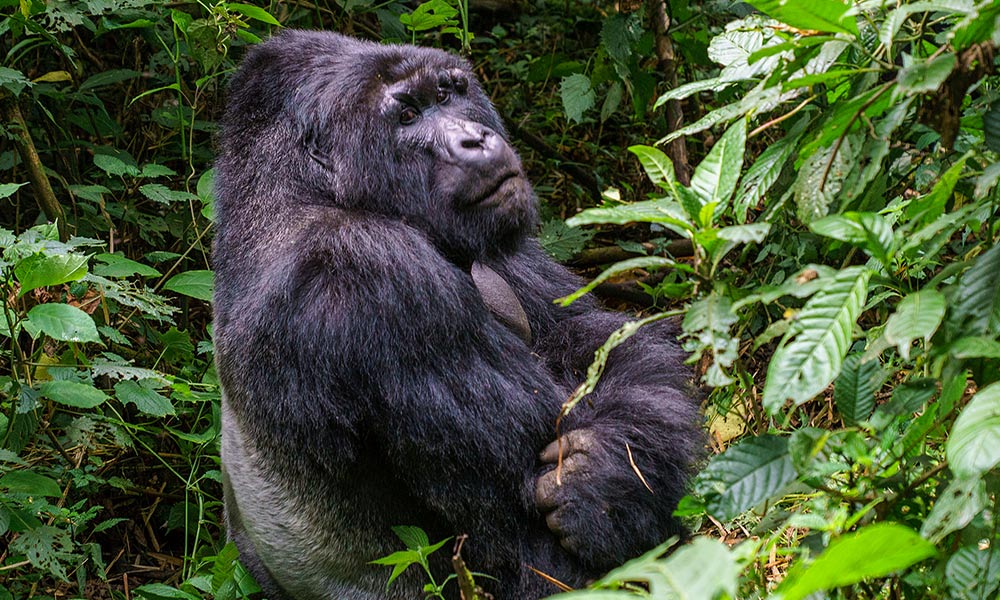The experience of viewing animals in their natural habitat is very exciting and is the primary reason that people go on safari. However, there are protocols that need to be followed to ensure the game viewing is done safely and with respect to the animals. And always remember, the only predictable thing about animals is that they are unpredictable! Never underestimate them.
Vehicle Etiquette
On a guided safari your field guide should give you a safety briefing before going out into the bush. However, it is worth knowing this information of your own accord.
When viewing game, do not stand up in the vehicle. Animals appear relaxed around the game viewing vehicles because they do not recognise them as being a threat. They do not associate the vehicles with humans. If you stand up, you break the outline of the vehicle and the animal can become scared, which can put yourself and the group in a dangerous situation. This is particularly apt when in the presence of elephants, lions and other dangerous game.
Keep your voice down. Animals have very sensitive hearing and talking too loudly may upset an animal, and cause it to move away.
Under no circumstances should you get out of the vehicle when in the presence of animals. Even if you are observing a tree, you should still remain in the vehicle until the guide tells everyone that it’s okay to get out, usually when the guide has stopped in a safe location for sundowners or a morning coffee break. The guide will always scan the area before getting out of the vehicle and check for tracks to ensure there is nothing hiding in the bushes nearby!
Game Viewing on Foot
Approaching animals on foot is an exciting experience. It can also be dangerous and caution needs to be taken.
All animals have what we call comfort zones. The outermost zone is the comfort zone where the animal is aware of your presence but is comfortable with it. Get closer and you will enter its uneasy zone where the animal is not happy with being so close to you and it will move away. Get any closer than this and you enter the ‘fight or flight’ zone, where the animal is compelled to either attack you or run away. Needless to say, you never want to enter this zone, no matter what animal you are dealing with, big or small. Not only will you be putting yourself in physical danger, you will also be causing stress to an animal that would otherwise have been perfectly happy with you watching it from a distance.
The field guides are experienced at judging these zones and reading the animals behaviour. Animals exhibit a wide range of display tactics to relay what they are feeling, from poses to facial expressions. For example, when elephants are feeling stressed they will flap their ears and loom menacingly in your direction. Lions will stare with fixed, wide eyes, and buffalo will pose side-on to show their mass and power.
Please see our section about dangerous game for more information about how to handle an encounter with animals on foot, particularly if you get too close. Remember, in the hands of an experienced guide, you will be perfectly safe on foot or in a vehicle out in the bush. But it is always helpful when a guest knows the safety procedures too.








